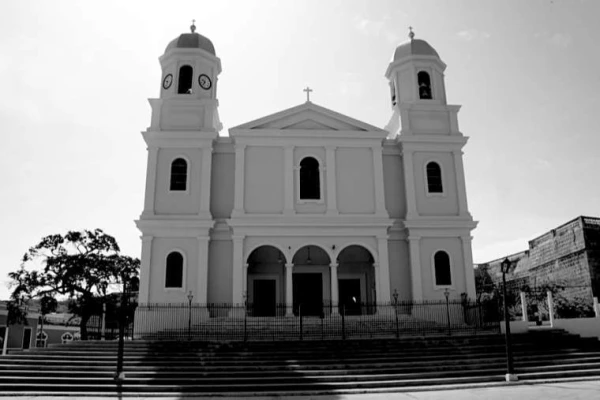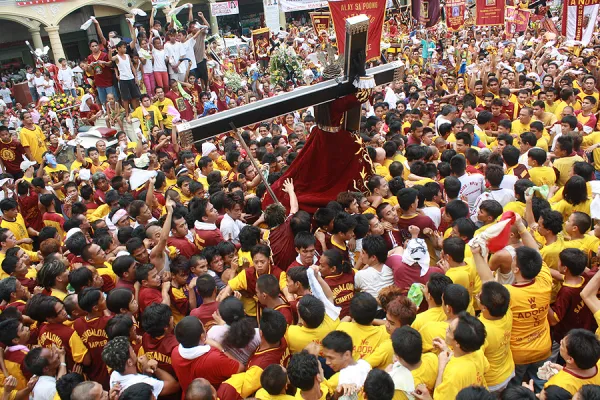Jan. 7 Thursday Christmas Weekday; Optional Memorial of St. Raymond of Penafort, priest; St. Andre Bessette, religious (Can), Opt. Mem.
Born in Barcelona, Spain, St. Raymond of Penafort was the third Superior-General of the Domincan Order. He is famous for his work in the freeing of slaves. He wrote five books of Decretals which are now a valuable part of the Canon Law of the Church. T…
Read More


Recent Comments